Quarterly Economic Update: July-September 2024
The Australian economy is still growing, but things are moving slower than usual, and the Reserve Bank of Australia (RBA) is being cautious with any changes to interest rates. They’re…
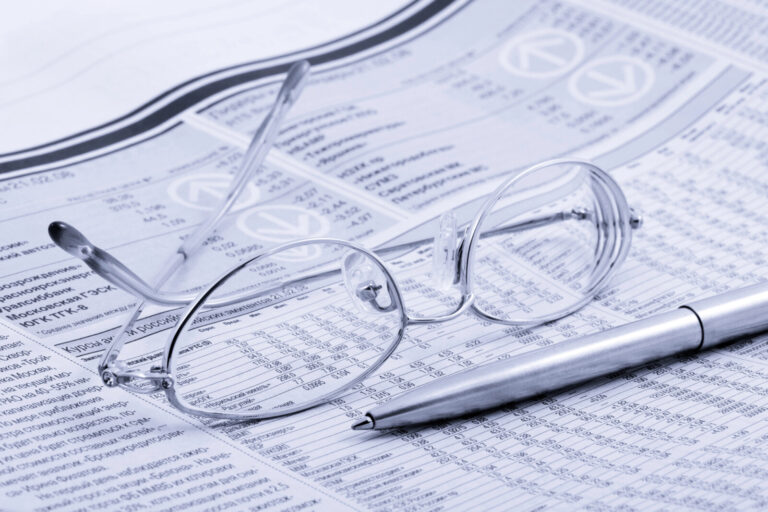
The Australian economy is still growing, but things are moving slower than usual, and the Reserve Bank of Australia (RBA) is being cautious with any changes to interest rates. They’re…
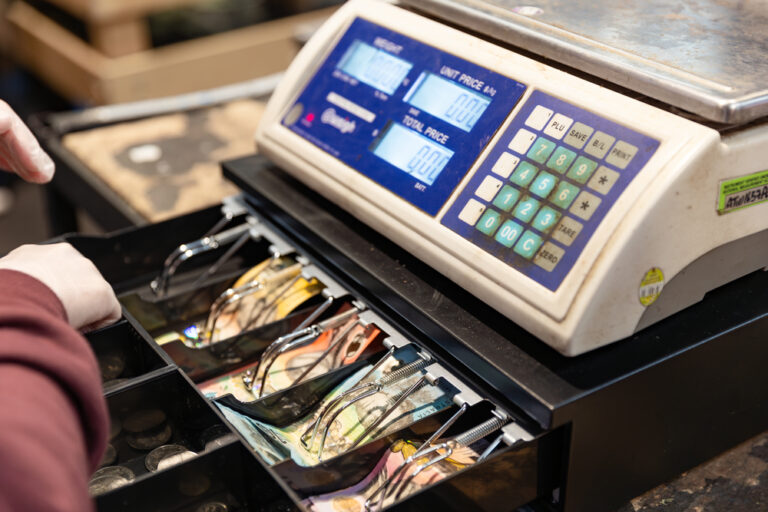
The economy continues to slow, with inflation remaining sticky, the new federal budget making waves, and global events that may have a significant impact. Uncertainty at home and abroad The…
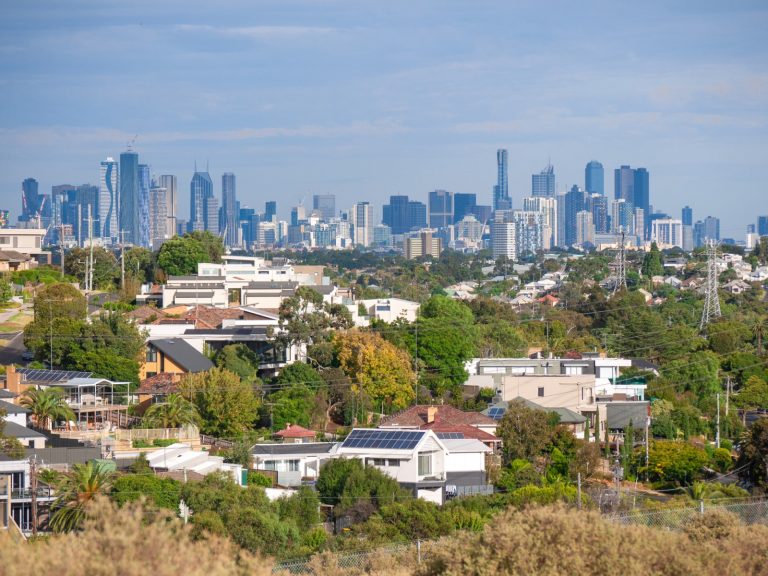
The first quarter of 2024 saw the Government roll out considerable changes to the Stage 3 Tax Cuts, inflation continuing to slow but remaining stubbornly high across some areas, surging…
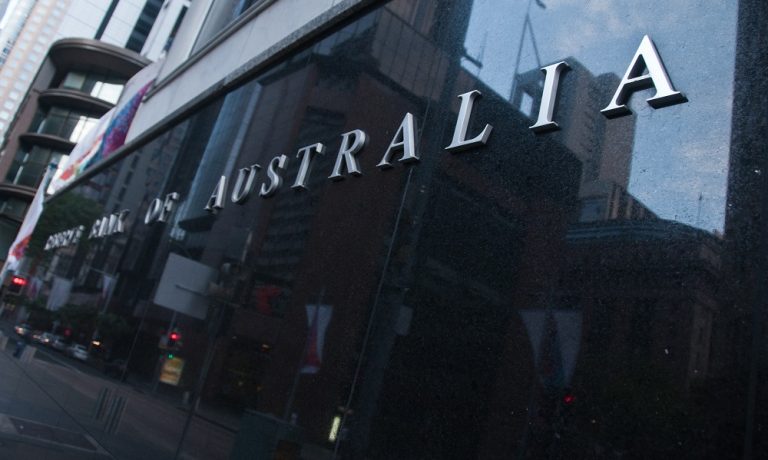
Global growth is forecast to slow and remain below its historical average in 2024, reflective of tighter monetary policy in advanced economies, as well as a soft outlook for China….
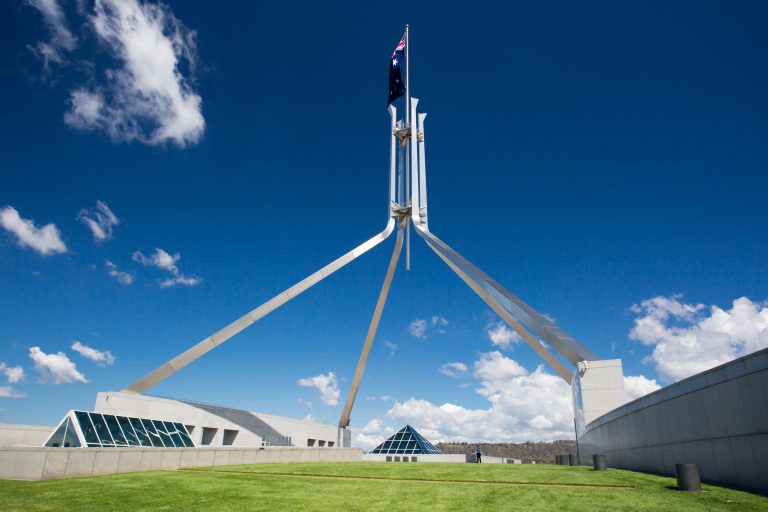
Lady Luck has once again looked down fondly upon Australia, creating the first Federal Budget surplus in 15 years, through a higher tax take on record export earnings and increasing…
End of content
End of content